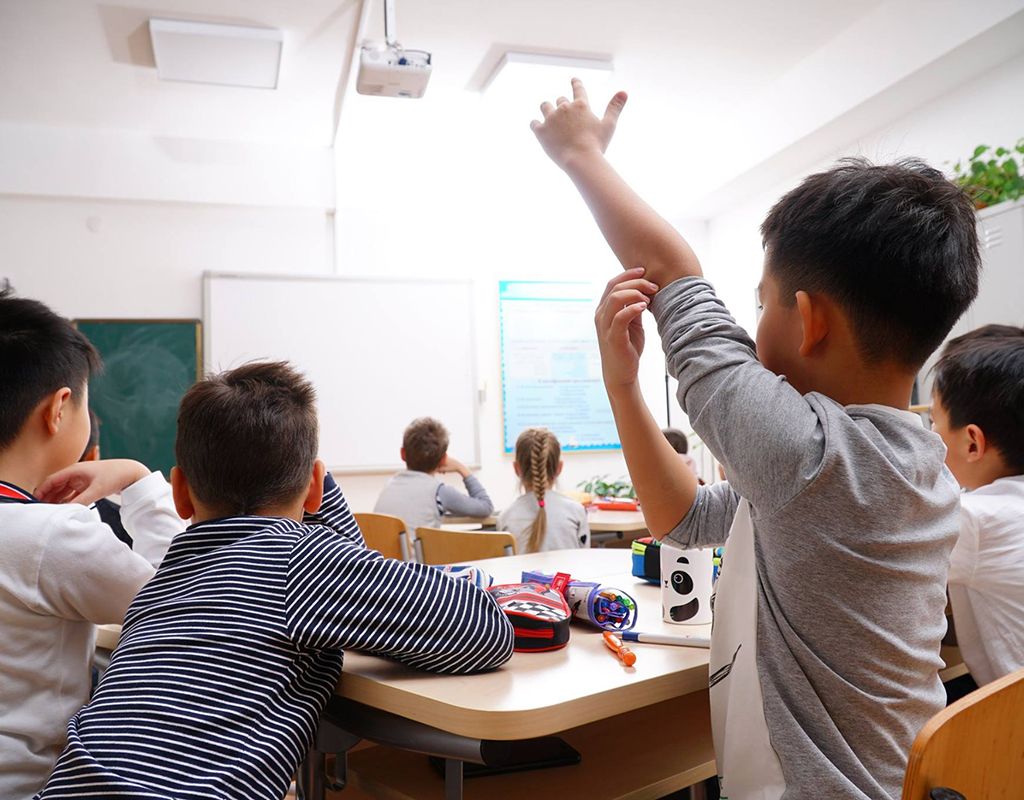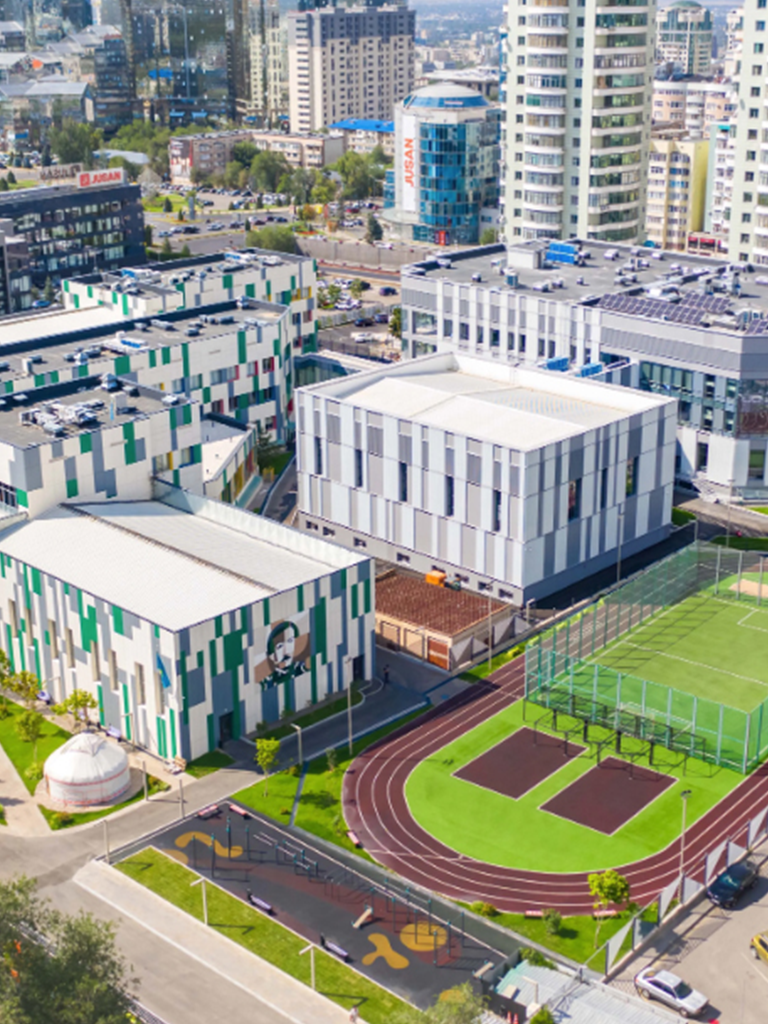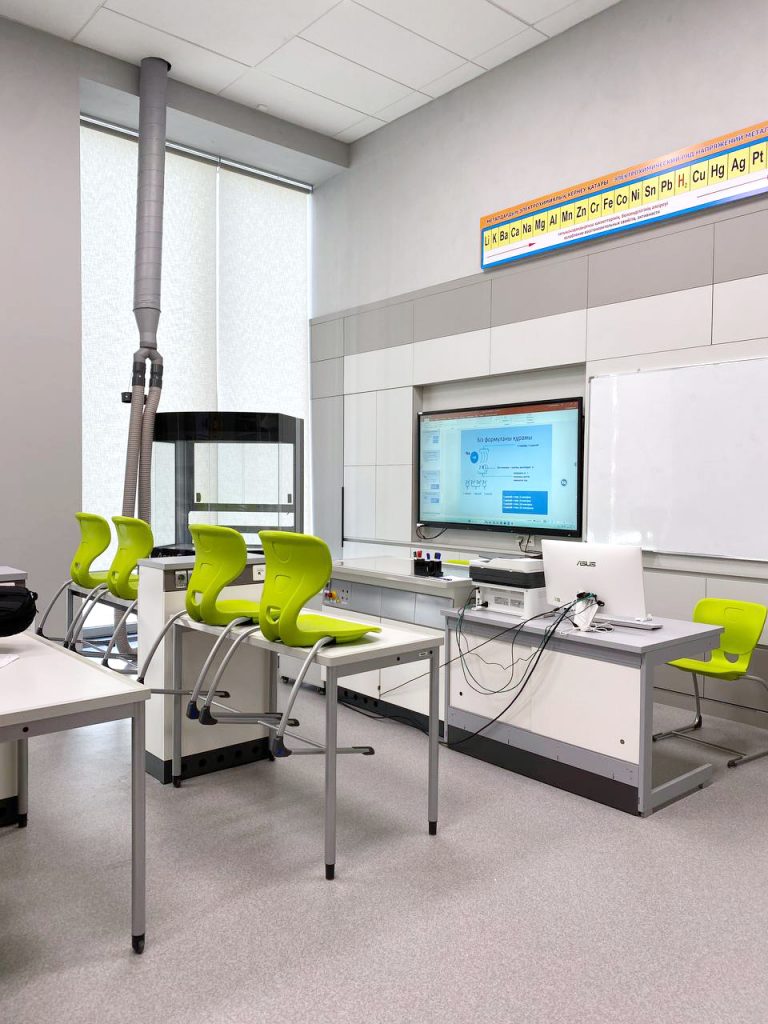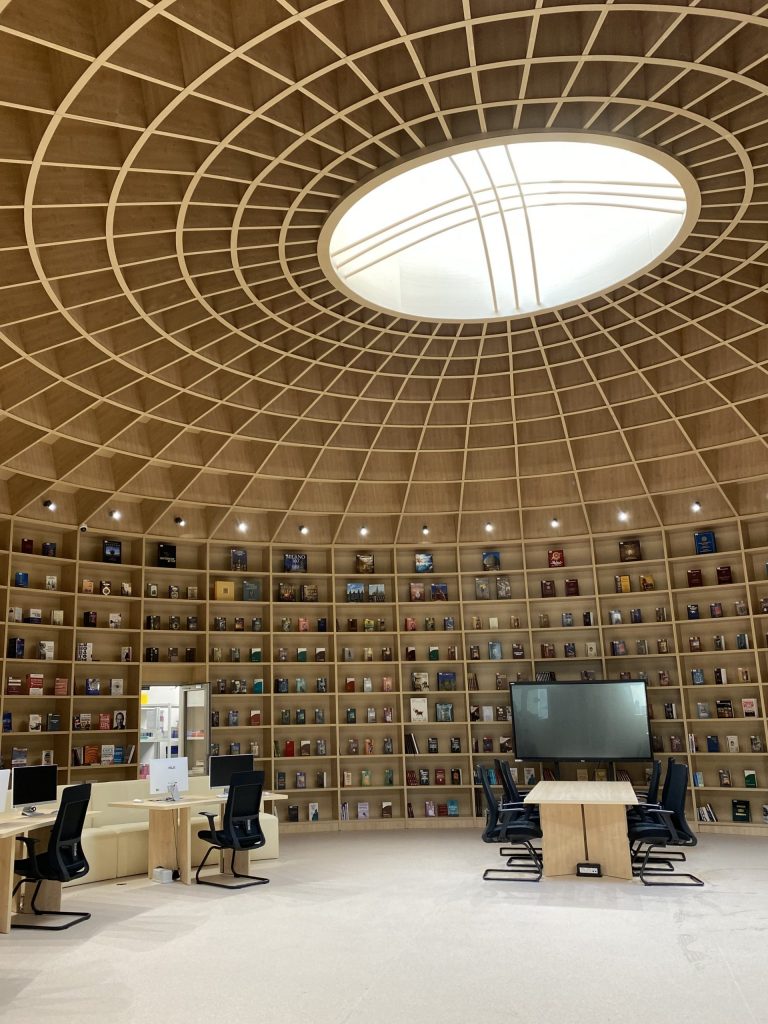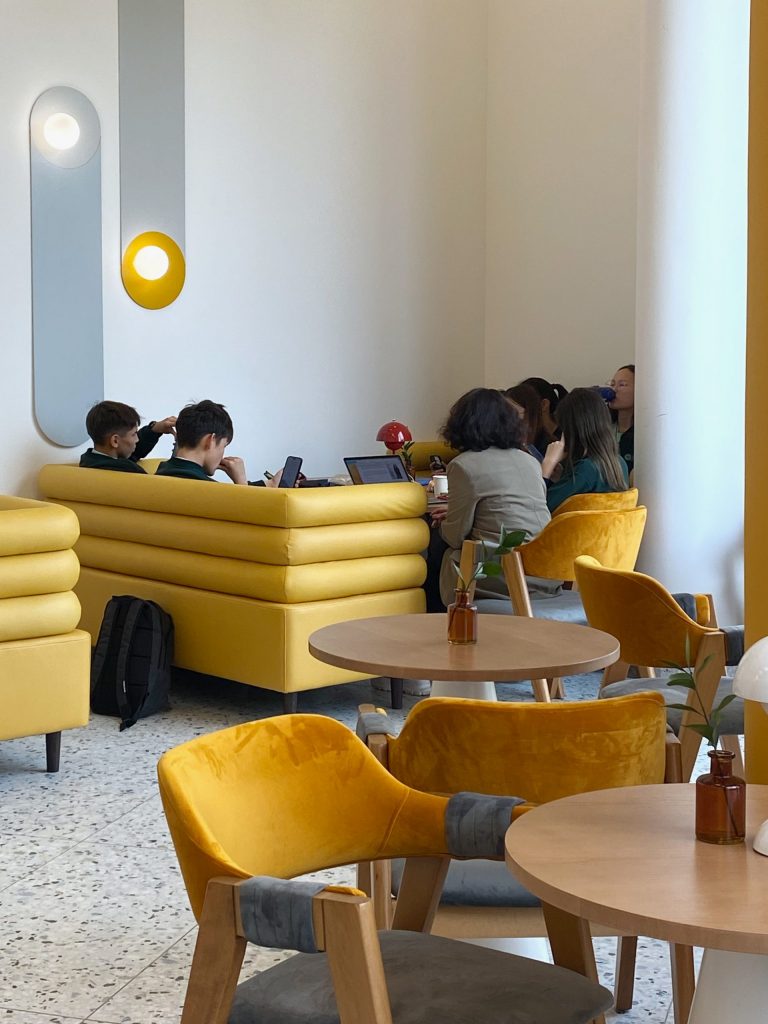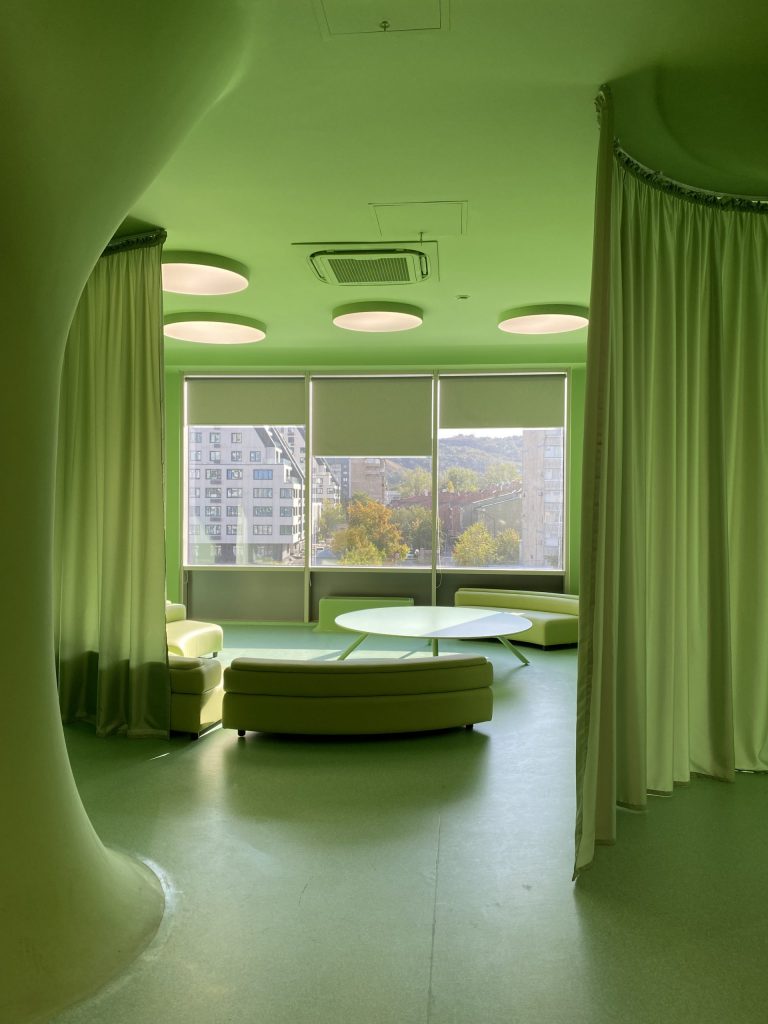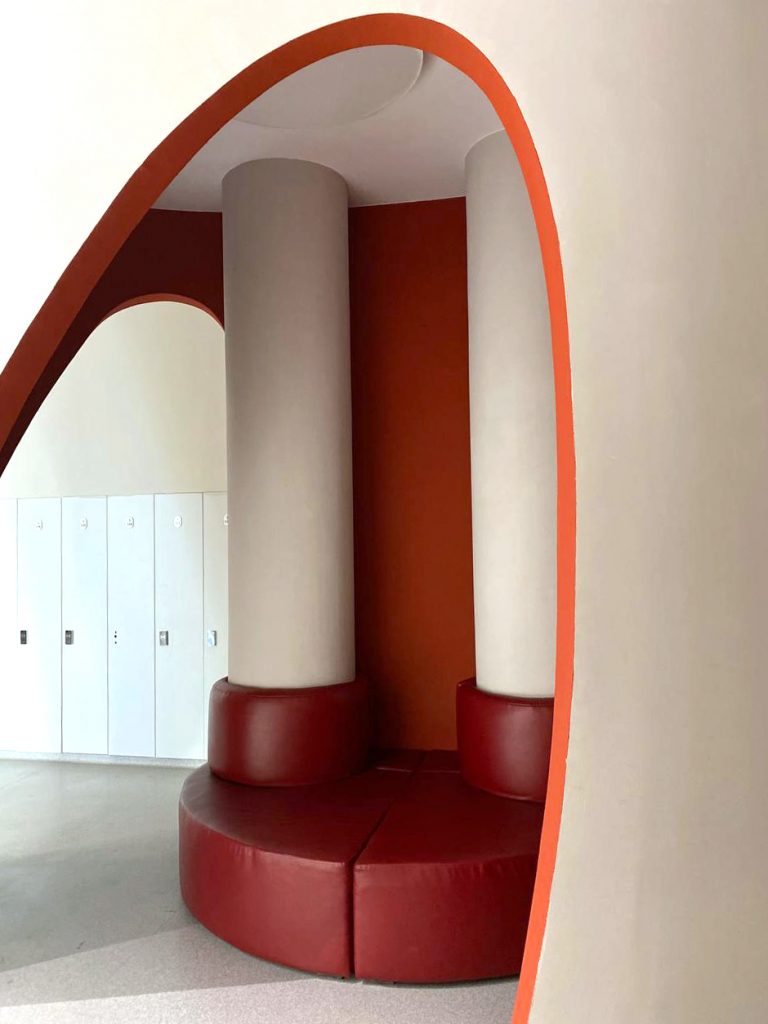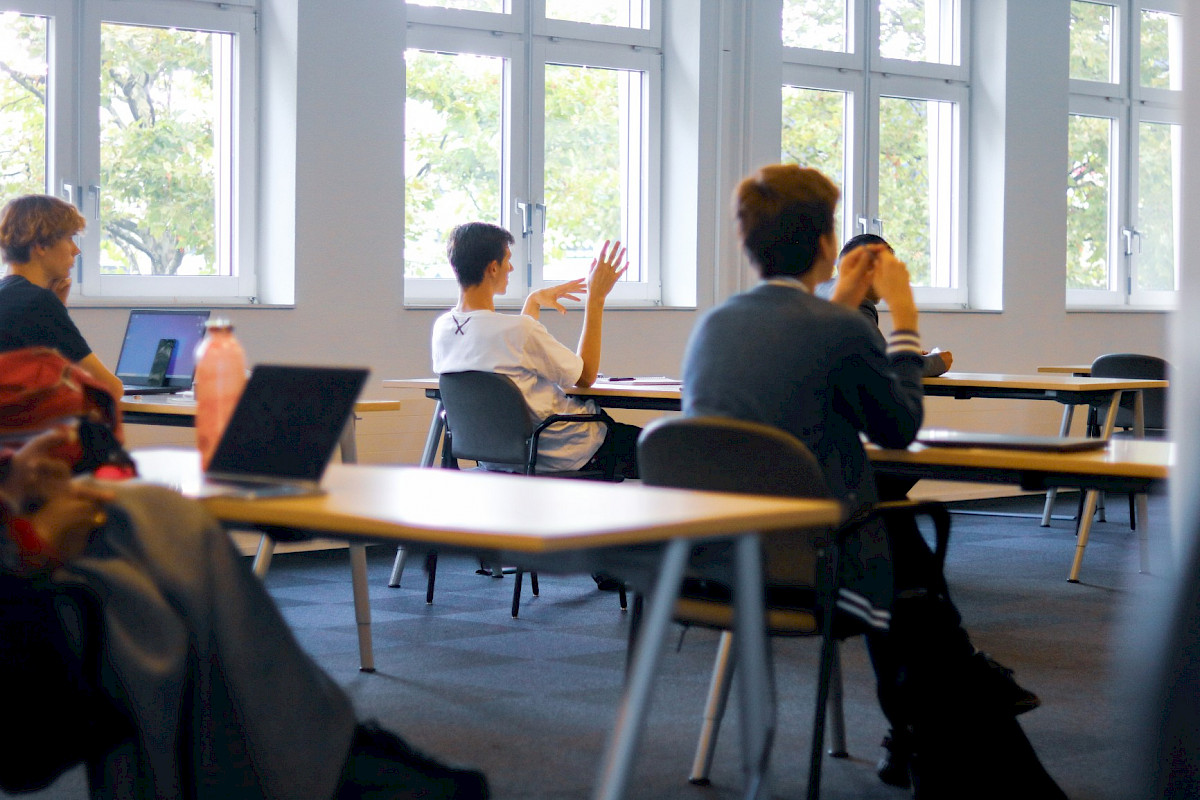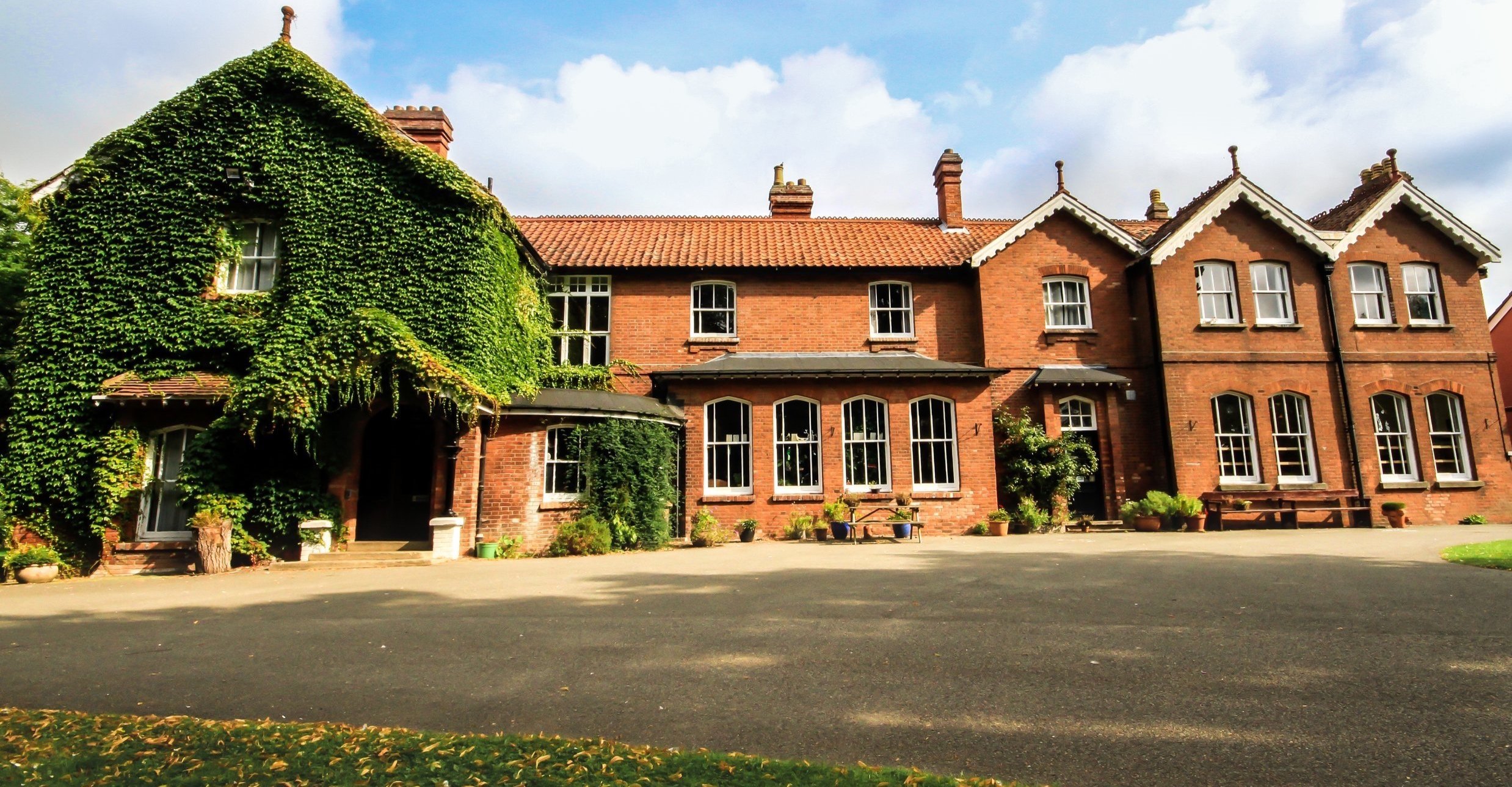The baby boom, migration and deterioration of old buildings have led to the fact that most schools in Kazakhstan have started to work in two and some in three shifts. In 2022, the government predicted that if active construction did not begin, the country would be short of more than a million school places in four years’ time. The state first attracted private business to school construction and then launched the largest programme in its history to build new schools at a cost of KZT 2.5 trillion (over USD 5 billion). EdDesign Mag tells why such decisive measures were necessary, who builds Kazakhstan schools and whether this sphere can be called a gold mine.
Now there are about 7,600 schools in Kazakhstan, of which almost 900 are badly worn out or are in very old buildings, 350 are made of adobe (bricks made of clay with a mixture of dung), wood, reed or are located in premises converted for schools and not originally adapted for educational purposes. Almost 70% of such schools work in two shifts, about 2% in three shifts, and their number is growing.
![]()
While the number of schools naturally decreased over time, the population of Kazakhstan grew rapidly: from 15 million people in 2001, it increased to 20 million. In recent years, Kazakhstan has had a real baby boom: in 2022, on average, there were more than 3 children per woman (in 1999 there were 1.8).
The student population is growing every year, and at the same time the shortage of school places: in 2022, schools were 270,000 places short, by 2026 the shortage is predicted to reach one million. “The state is now solving a huge problem: we are on the rise of a demographic wave, every year four times more people come to school than leave,” says Serik Irsaliev, former Vice-Minister of Education and Science of Kazakhstan and President of Astana International University, “as a result, there is a growing shortage of student places and a lack of infrastructure. The state is unable to cope with this demographic flow by any stretch, so the private sector is actively involved.”
The launch of various incentives for the construction of public schools has already yielded the first results: in 2018 there were about 120 public schools in the country, now, according to the Ministry of Education, there are already 552 (about 7 % of all schools). “Given the birth rate and government programmes, as well as the increasing affluence of parents, schools in Kazakhstan are a real “gold mine”. There is no such excitement in any other sphere now,” says one of the potential investors in the school construction.
Drop from the Cloud
“The era of education has come to Kazakhstan,” said Dauren Kaupynbaev, founder of Tamos, the country’s largest school network, “the demographic situation now is such that almost any school is doomed to success.”
Kaupynbaev opened his first school in 1998 in Almaty. For 10 years it did not bring profit, several times the businessman thought of selling it or closing it down, but he held out and did not regret it. Now Tamos has become a two-city chain with revenues, according to Forbes Kazakhstan, of more than KZT 10 billion (over USD 22 million) and more than 4,000 students.
![]()
So, what has changed and led to the emergence of investors? One of the major government decisions that gave a boost to public school construction was the introduction of per capita funding in 2018. Budget money for each student began to be allocated not only to state schools, but also to private schools: the payment is determined by a formula and amounts to about KZT 590,000 per year on average per student (USD 1,200). The amount varies depending on the level (secondary, primary) and location of the school.
But that's not all. The second “whale”, the second reason for the boom of public schools in Kazakhstan was the programme of compensation of construction costs. Businessmen were actually reimbursed for the money spent on the construction of the educational institution. For example, when building a 1,000-seat school, the budget returns almost KZT 3 billion (USD 6.5 million, which is often comparable to the amount of costs) to the investor over eight years. The more student places, the higher the amount of compensation.
Both measures worked out. “For the ‘old’ schools with a large contingent, the per capita funding literally dropped from the cloud; it provided opportunities for growth,” Kaupynbaev recalled. In a few years, Tamos has grown from a small maths school into a 55,000 square meter educational cluster (new campus, kindergarten, sports complex, new buildings for the Kazakh and Cambridge departments).
Photo: Tamos School
![]()
Investing in education has become fashionable. In 2021, Kaupynbaev launched a new 840-seat Prometheus school in conjunction with EPG, a fund set up by wealthy individuals to invest in “human capital development”. “The trustees of the fund are at the Forbes-list level, but they don't want to advertise themselves,” says Kaupynbaev, “they have a noble idea: you can buy a cool motorbike, a yacht, but they are no longer interested in that, they want a school or a hospital.”
Among the participants of the fund are Baltabek Mukashev, founder of Eurasia Gold, and Almas Sultangazin, owner of the Sulpak home appliances retail chain. “The EPG Fund is developing areas that are very important and fundamentally in demand, as well as the areas where others are not going. We have made a flagship school and further we want to make a network of accessible schools,” says Dosym Besbai, founder of the EPG fund. Investment in the construction of Prometheus amounted to KZT 5.2 billion (about USD 12.4 million), with amortisation payments expected to cover 60–65 % of construction costs over eight years.
Sensibly and Socially
Over the past few years, investing in education has become the norm for big business, with the Forbes list members building their own schools and investing in public schools.
In 2021, Aydyn Rakhimbaev, owner of BI-Group Holding, and Berik Kaniev, co-owner of Lancaster Group, opened the Quantum STEM School for 1,000 children in Astana and promise to make it a chain. Rakhimbaev's company has already built eight Binom schools for the state under a public-private partnership.
In 2020, the Shoqan Ualikhanov School, founded by Fincraft Group owner Kenes Rakishev and his wife Asel Tasmagambetova, opened in Almaty. Before that, the spouses built and donated to the state a school for 1,200 students in Nauryzbay district of Almaty. Timur Turlov, owner of Freedom Corp, financed the construction of an IQanat school campus near Lake Shchuchye in 2023.
“Kazakhstan's political culture has been built on the notion of prestige before, and schools mean something smart, social, about the future,” says an acquaintance of one of the investors, “now, to become part of the New Kazakhstan, you have to follow the rules that are being formed before your eyes.” President Kasym-Jomart Tokaev, who came to power in 2019, has repeatedly said that businesses should be socially responsible, and has already taken several tours to the schools built by the private investors. Last year he visited Prometheus in Almaty, Smart Bilim private school in Aktobe, the capital's Harmony Steam School, and capital's Gymnasium No. 96, built with the monetary funds confiscated from corrupt officials.
Photo: Shoqan Ualikhanov School
Investments in School Construction
The cost of education in Kazakhstan schools varies greatly. International schools in Astana and Almaty may cost parents KZT 1 million per month – more than USD 2,000 (“Haileybury”, Kazakhstan International School), top schools with Kazakh programme will cost less – up to KZT 400,000 per month – about USD 800 (Tamos, Quantum STEM School, Prometheus School, Author's School of Zhania Aubakirova, Prestige). All the listed schools are included in the “top 20” rating of Astana and Almaty schools by income, which is published annually by Forbes Kazakhstan magazine.
![]()
The investment in the construction of a building can vary greatly. The amount of investment depends on the size of the school itself, its equipment (many schools have swimming pools, several gyms, science labs) and regional specifics (in Almaty, for example, construction will be more expensive than in other parts of Kazakhstan due to high seismic risk).
For example, the cost of building a 2,000-seat BINOM school in Astana is KZT 7.5 billion (USD 15 million). Of these, 75 % is construction costs, the rest is equipment, author's and technical supervision, and library fund. It cost KZT 2 billion (USD 4.5 million) to build the 450-seat school, Brimzhanov said.
The depreciation payment from the government covers about 60 % of the building's value. The cost of education is KZT 190,000 per month (about USD 450), plus almost 50,000 (about USD 100) for each child per month are paid by the state as per capita funding. The cost per student is approximately KZT 170,000 per month (USD 380).
“In Almaty, the EBIDTA of all schools that have reached the break-even point (there should be at least 300 children) ranges from 20 % to 32 %, the average for Kazakhstan is 25 %,” says Dauren Kaupynbaev, owner of Tamos.
“Kazakhstan's state support programmes aimed at building educational infrastructure, including through favourable depreciation charges and loans, make it possible to launch an educational business with less initial investment,” says Ildar Nafikov, Co-founder of La Berёzkа International Academy and a network of schools Heritage International School, “but a school is not an oil well. A target margin of 25 % is average for commercial schools in almost any country in the world. To make it work, tax support is also important. The measures under discussion include the income tax or VAT relief.”
May 2024

